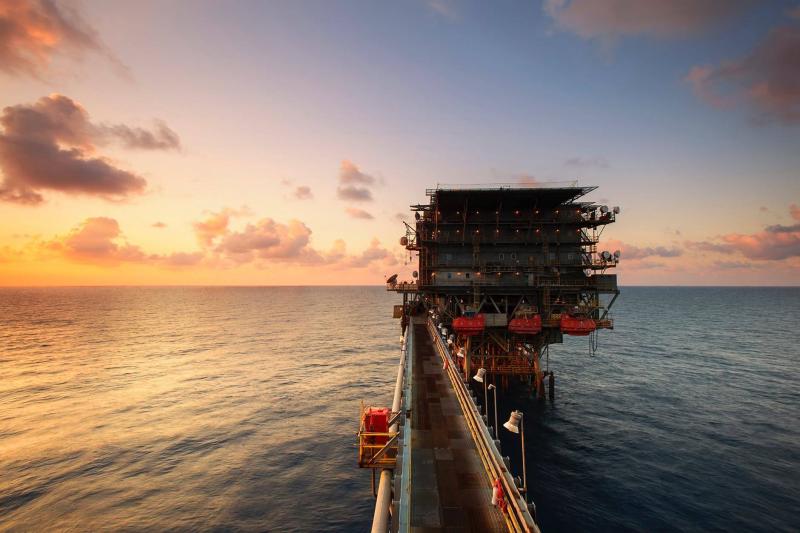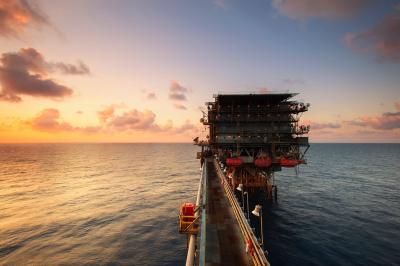As global investment banks have raised their forecasts for oil prices in the upcoming period to over $100 per barrel, there is a prevailing sense of optimism in a market that has suffered for many months due to the pandemic and even before that. Not even the most optimistic expected prices to rise above the $100 per barrel mark. Today, as crude oil prices maintain their strength above $70 per barrel, several factors point to the upcoming period continuing the upward trajectory of oil prices, prompting many leaders of major oil companies to assert that prices will exceed that level in the coming months.
At the beginning of this week, global investment bank Goldman Sachs predicted that prices would rise above $100 per barrel due to increased demand fueled by vaccination rates against the coronavirus and a balanced oil supply in a market that has long struggled with oversupply.
**Production Increase**
With indications that producers within OPEC and outside it are set to raise production in the coming months, Goldman Sachs expects major producers to increase output by around 2.8 million barrels per day by August. However, the investment bank does not foresee significant risks to commodity prices from this increase in production. Goldman Sachs believes that OPEC and its allies' production cuts will be offset by a shortage in supply from Iran, alongside signs of no boom in shale oil production, and OPEC's ongoing efforts towards a balanced oil market in terms of supply and demand.
**Iran Out of the Picture**
Furthermore, there is no imminent return of Iranian oil to international markets, given Tehran's continued approach toward the international community and the conclusion of the latest negotiation round without any progress following the election of the new Iranian president, who adopts similar hardline views from the perspective of the international community. The end of the negotiation round without results coincides with a fierce campaign by the United States against illicit Iranian oil sales. Earlier this year, U.S. authorities issued an order to seize a shipment of Iranian oil containing around two million barrels en route to the U.S. market. Iran has long circumvented sanctions through various methods, including selling its oil at better price premiums than those present in global markets to attract more customers, with the Chinese market being a preferred destination for Iranian oil.
According to a previous research note from Citigroup's research unit, China is the fastest-growing importer of oil by sea, as Beijing resorts to mixing Iranian crude with other types of oil imported from Gulf countries. Citigroup reported that tanker tracking data indicates that exports of Iranian crude have risen to over a million barrels per day at times, even before the end of last year.
**A Ray of Hope**
Leaders of major oil companies and commodity trading firms paint a rosy picture for the future of crude prices with the reality that declining investment in the sector will affect future supply. Executives from major oil companies like Royal Dutch Shell and Total state that the rise of prices above $100 per barrel is inevitable, but they also noted that volatility within the market could push prices back down again. Oil prices have risen about 47% this year due to increasing vaccination rates and indications that the worst of the pandemic has passed, following one of the worst years for crude prices last year, which caused some prices to fall into negative territory for the first time in history.




